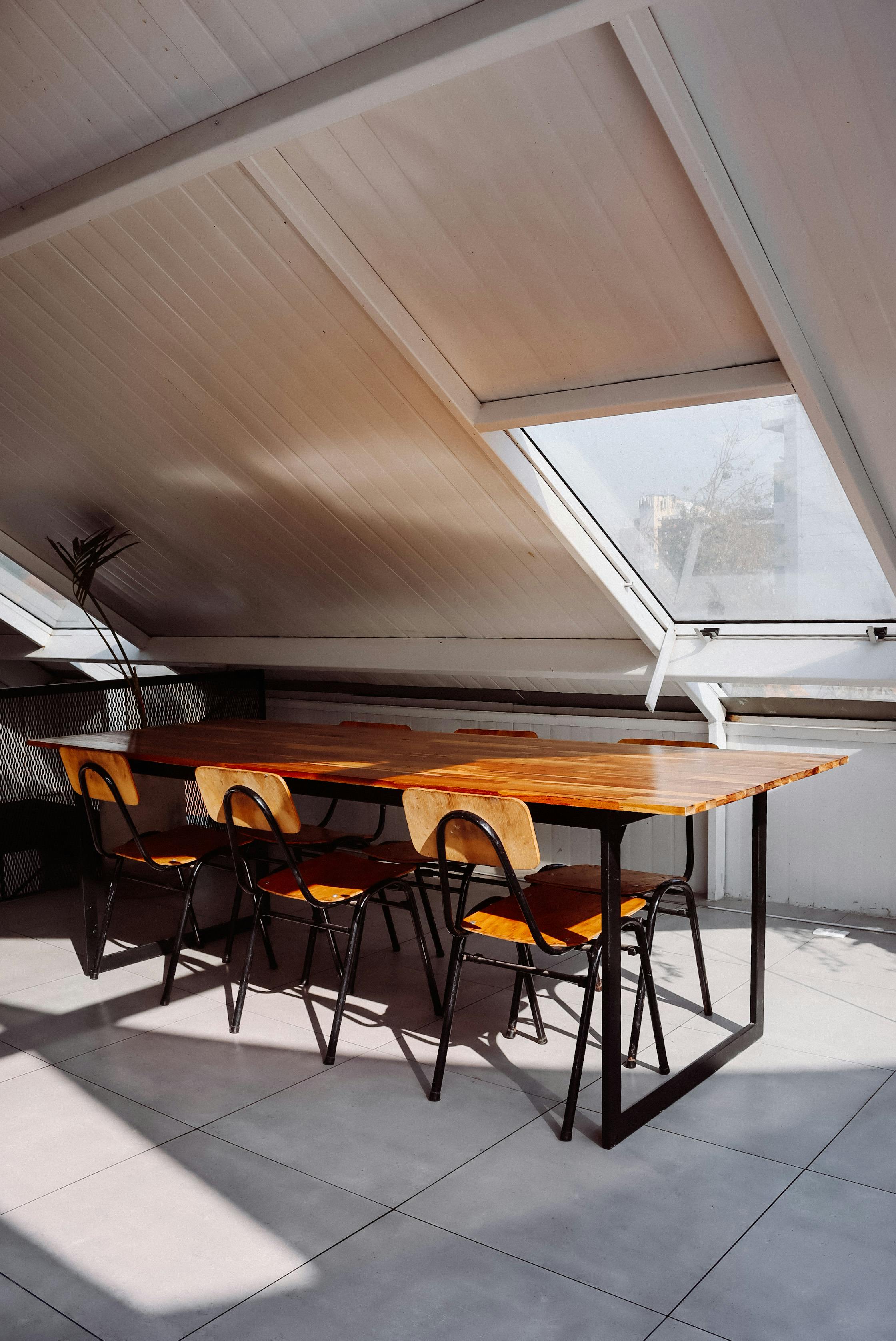
How to Properly Plant Zinnia Seeds for a Vibrant Garden in 2025
If you’re looking to add a burst of color to your garden, zinnias are an excellent choice. Not only are they vibrant and beautiful, but they also attract pollinators, making your garden a lively ecosystem. In this article, we will cover the essentials on how to plant zinnia seeds effectively, ensuring that you have a flourishing zinnia garden in 2025. Let's explore zinnia seed germination, planting instructions, and care tips to help you maximize your gardening success.
The benefits of choosing zinnias for your garden are numerous. They are easy to grow, come in a variety of colors and sizes, and are hardy plants that can thrive under various conditions. Additionally, knowing the best practices for planting zinnia seeds, including soil requirements, sunlight needs, and watering techniques, will make for easier zinnia seed starting and care. Get ready to dig in, as we explore the best methods for sowing zinnia seeds!
Understanding Zinnia Seed Requirements for Successful Growth
Before diving into the planting process, it's essential to understand what zinna seeds need to germinate and grow properly. Factors like soil type, sunlight exposure, and moisture levels play critical roles in zinnia seed development.
Optimal Soil Mixture for Zinnias
The best soil for zinnias is well-draining with a rich organic content. A mixture of compost and sandy loam tends to provide the ideal environment for zinnia seeds planting. Ensuring that the soil is loamy will help promote proper root growth and minimize the risk of fungal diseases that could affect young plants. Soil testing can help identify the most suitable mixture for your specific gardening conditions.
Sunlight Needs for Zinnia Seeds
Zinnias thrive under full sunlight, which means they need at least 6 to 8 hours of direct sunlight each day. When selecting a location for your zinnias, choose areas in your garden that are known for good sunlight exposure. Zinnia seeds light requirements are crucial for promoting healthy growth and vibrant blooms.
Watering Zinnia Seeds Effectively
Watering is crucial for zinnia seed propagation. It's vital to keep the soil consistently moist but not soggy. Over-watering can lead to root rot, whilst underwatering may delay germination. Initially, ensure the moisture level is adequate to help germinate seeds, and reduce watering frequency as the plants mature. Monitoring soil moisture helps maintain optimal conditions for zinnias.
Building on these fundamentals, let’s examine some practical aspects of sowing zinnia seeds.
Effective Ways to Sow Zinnia Seeds
The process of sowing zinnia seeds requires attention to detail and timing for optimal results. By understanding the steps involved, you can ensure a healthy and vibrant zinnia garden.
When to Plant Zinnia Seeds
The best season for planting zinnias is in the spring after the last frost. Timing is important as zinnia seeds germinate quickly when temperatures reach around 70°F (21°C) to 75°F (24°C). Ideally, wait until soil temperatures have warmed up adequately before sowing zinnia seeds. This ensures that they will sprout effectively and their growth will not be stunted due to cold soil conditions.
How Deep to Plant Zinnia Seeds
When planting zinnia seeds, the recommended depth is about ¼ to ½ inch deep. This depth allows seeds to receive enough warmth from the soil while also maintaining adequate moisture levels. Planting too deep can hinder seed germination, while planting too shallow may expose seeds to pests and environmental factors. A consistent planting depth across your garden will support even growth and flowering.
Zinnia Seeds Spacing Guidelines
Spacing is vital for zinnias, as it promotes airflow and reduces the risk of disease. For larger zinnia varieties, provide spacing of 12 to 18 inches between plants, while smaller varieties can be planted 6 to 12 inches apart. Ensuring proper spacing incorporates good growing conditions and helps maintain healthy zinnias.
Connected to this principle, let's look into caring for zinnias after they have germinated.
Caring for Zinnia Plants Post-Planting
After your zinnia seeds have germinated, proper care will ensure they continue to thrive. There are several factors to consider, including fertilization, pest control, and watering strategies.
Fertilizing Zinnia Seedlings
Once zinnia seedlings have established roots, regular fertilization is essential for encouraging growth and bloom. A balanced fertilizer applied every 4-6 weeks provides a nutrient boost to support optimal growth and flowering. Consider using organic fertilizers, as these contribute to healthier soil and plants.
Pest Control for Zinnias
Common zinnia problems include pests such as aphids and spider mites. Early detection and treatment are key in managing pest issues. Organic pest control measures using insecticidal soap or neem oil can resolve infestations without harming beneficial insects in your garden. Monitoring plant health regularly helps catch these issues before they spread.
Seasonal Care for Zinnias
Caring for zinnias goes beyond just initial planting. Seasonal care involves pruning spent flowers (deadheading) to promote continuous bloom and managing water levels as seasons change. As warmer temperatures lead to increased evaporation, adjust watering accordingly. Zinnia growth stages vary throughout the season, so regular observation is essential for maintaining plant health.
With these care tips in mind, let’s explore some questions that often arise around zinnias and their cultivation.
FAQs About Zinnias and Their Care
What are some common zinnia types?
Zinnias come in a variety of shapes, sizes, and colors. Common zinnia flower types include the Zinnia elegans, known for its bold, flat blooms, and the Zinnia angustifolia, which features more delicate flowers. Understanding differences in zinnia varieties can help you select the best options for your garden’s aesthetic.
How do I know if my zinnias need more water?
Monitoring the soil moisture level is crucial for zinnia care. If the top inch of soil feels dry, it’s time to water. Wilting foliage can also indicate that zinnias require more water. Ensure you avoid soggy soil, though, as this can lead to root problems.
How can I attract butterflies with zinnias?
Zinnias are known for attracting butterflies due to their vibrant colors and nectar-rich blooms. Planting zinnias in clusters, alongside other pollinator-friendly plants, can create an inviting environment for butterflies. Regularly deadheading flowers will encourage a longer blooming period, further enticing these beautiful creatures into your garden.


Conclusion: Enjoying a Vibrant Zinnia Garden
By understanding zinnia seed requirements, effective planting methods, and proper care steps, you’re well on your way to creating a vibrant garden filled with stunning zinnias in 2025. Whether you're a beginner gardener or have years of experience, following these guidelines ensures your zinnias will thrive, bloom, and become a focal point of your outdoor space. Happy planting!